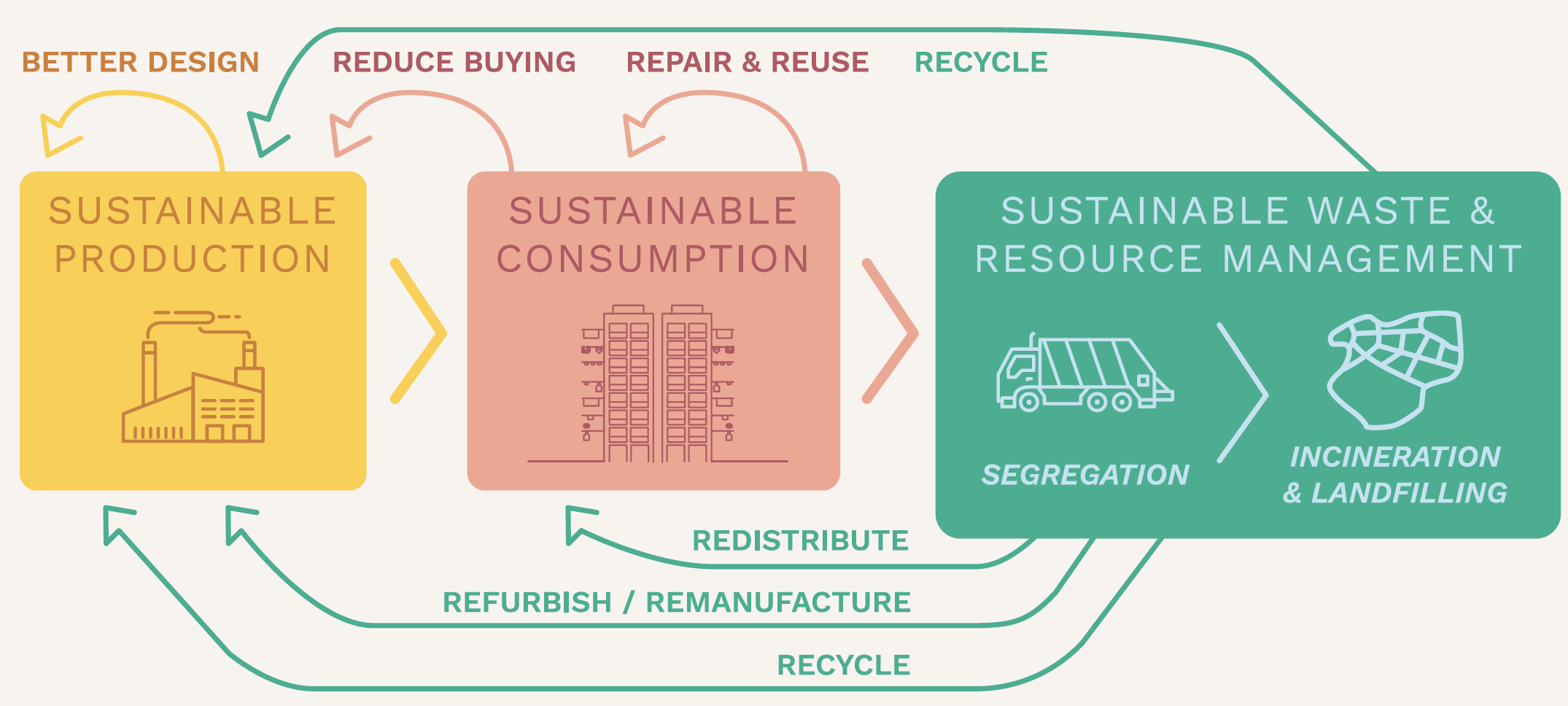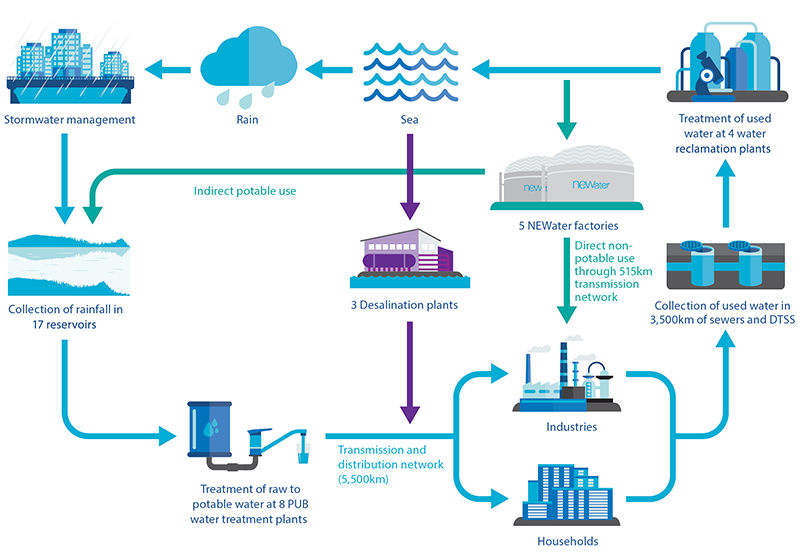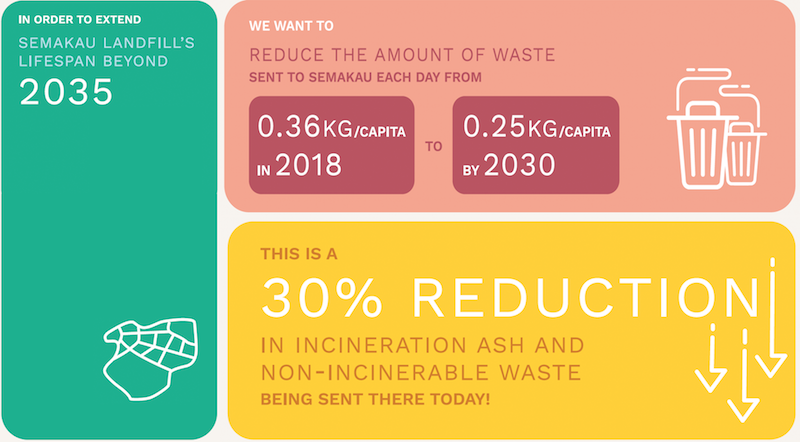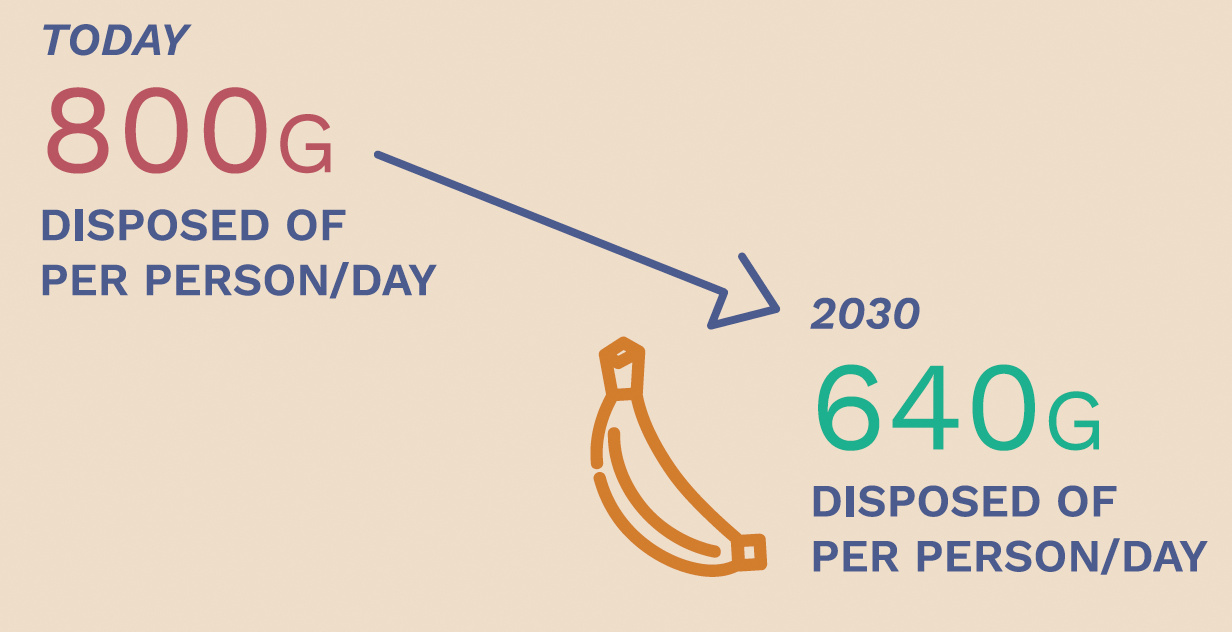What is Circular Economy?
Unlike the linear economy, the circular economy focuses on designing waste out of the resource ecosystem and maximising the value of resources by keeping them in use for as long as possible.
Many countries, such as the Netherlands, Finland, China and Japan, already adopt this approach in their national agenda, driven by resource scarcity, volatile resource prices, and the environmental impact from extraction and excessive use of resources.
Even as we learn from other countries, we need to examine Singapore’s context and pinpoint how a circular economy is relevant to us. Adopting a circular economy approach can help to contribute to building up three “Resiliences” to sustain Singapore’s future.
The adoption of the circular economy approach will require measures to be taken across the entire value chain, from production and consumption to waste and resource management. Measures include better product design that reduces the amount of resources used at production, change in consumer habits where products are repaired instead of replaced with new ones, and the recycling of waste and their reintroduction into the value chain.
 A circular economy approach will require measures to be taken across the entire value chain
A circular economy approach will require measures to be taken across the entire value chain
We have already embraced the circular economy approach in several areas through our successes in closing a number of resource loops. Almost all construction waste and metals are recycled.
We have also closed the water loop. By combining water and sanitation, Singapore is able to endlessly recycle water, reusing it again and again. Every drop of used water is collected and treated, turning much of it into drinking water again. This has allowed Singapore to reintroduce up to almost 800,000 m3 of ultra-pure recycled water into our system each day.
 Closing the water loop in Singapore. Credit: PUB
Closing the water loop in Singapore. Credit: PUB
SETTING NEW TARGETS TOWARDS ZERO WASTE
Under the Sustainable Singapore Blueprint 2015, we set the 2030 target of increasing our national recycling rate to 70%, domestic recycling rate to 30% and non-domestic recycling rate to 81%.
Through the adoption of the circular economy approach and the efforts outlined in this Masterplan, we want to go beyond these targets.

Achieving this target will require the successful implementation of the various measures outlined in this Masterplan, including those to better manage our priority waste streams of food waste, e-waste and packaging waste, including plastics.
Support from all segments of society will also be needed to take closing our waste loop to the next level. Individuals should play their part by recycling right and not contaminating our blue recycling bins. Businesses that produce the most electrical and electronic equipment or packaging will be required to take a life-cycle approach to products. Large food waste generators must also ensure that food waste is properly segregated and treated.
Lastly, the research and development community will be crucial in developing solutions and technologies that enable us to turn our waste into resources, such as through the use of incineration bottom ash by turning it into NEWSand.
WHAT DOES THE WASTE-TO-LANDFILL REDUCTION TARGET MEAN FOR EACH PERSON?
Today, each person disposes of 800g of waste per day.
To achieve our waste-to-landfill reduction target of 30%, each person needs to reduce the total amount of waste they dispose of per day to 640g by 2030. This adds up to a reduction of about 30 bananas or 15 glass bottles per month. It’s that simple!


